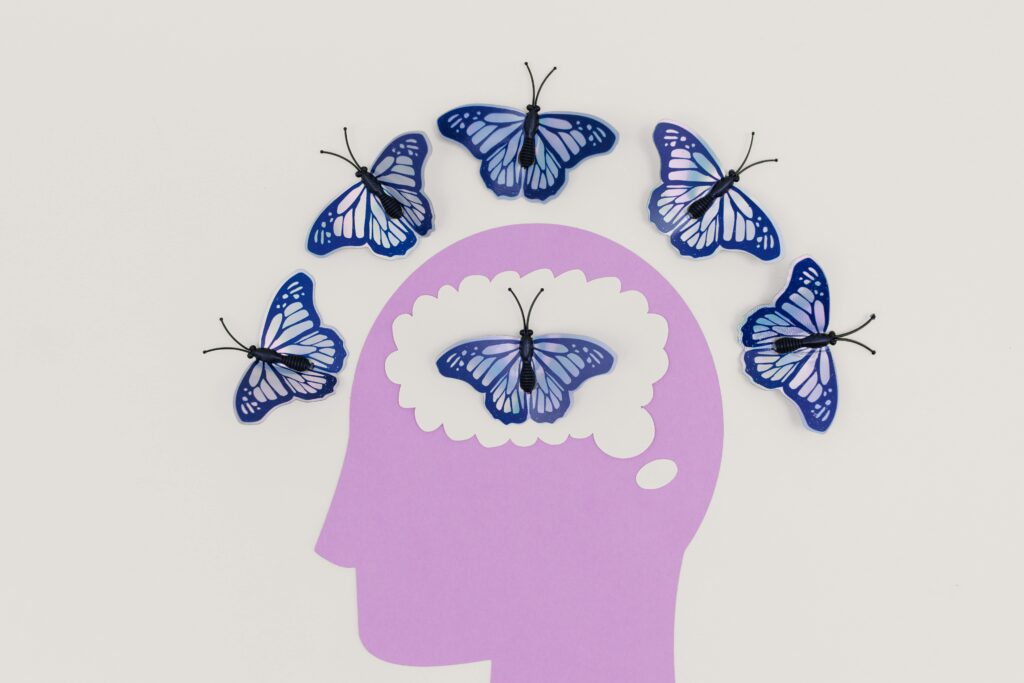Yoga for Headspace: Poses That Help You Breathe and Reset

In our fast-paced, constantly connected lives, finding mental clarity can feel like a luxury. Yet, something as simple and ancient as yoga for headspace can offer profound relief. Whether you’re juggling deadlines or trying to stay grounded amidst life’s chaos, yoga can help you breathe, reset, and reconnect with your inner calm.
What Does “Headspace” Really Mean?
Before we dive into the poses, let’s understand what yoga for headspace actually addresses. Your headspace refers to your current mental and emotional state — often cluttered by stress, overthinking, and distraction. Yoga offers a physical and mindful practice that clears this mental fog, helping you feel more balanced and present.
How Yoga Enhances Your Mental Headspace
When you engage in yoga for headspace, you’re not just moving your body — you’re nurturing your mind. Yoga works by:
- Releasing endorphins to elevate mood
- Regulating breath to activate the parasympathetic nervous system
- Promoting mindfulness, which anchors your thoughts
Even a short daily practice of yoga for headspace can reduce anxiety, improve focus, and boost emotional resilience.
The Breath-Reset Connection
Breath is the bridge between the body and mind. In yoga for headspace, breathwork (also known as pranayama) is central to the practice. Shallow, fast breathing is a sign of stress, while slow, deep breathing tells the brain it’s safe to relax.
Poses that sync breath with movement amplify the benefits of yoga for headspace, helping you pause the mental noise and feel grounded in the present moment.
1. Child’s Pose (Balasana)
This gentle resting pose is a staple in yoga for headspace. Kneeling on the mat, with your forehead to the ground and arms extended, naturally calms the nervous system.
Why it works: Child’s Pose symbolises surrender — letting go of tension. It’s perfect when you need a reset and some emotional space.
Tip: Focus on deep belly breathing while in the pose. With each exhale, release your mental clutter.
2. Legs-Up-The-Wall (Viparita Karani)
If there’s one pose in yoga for headspace that feels like a warm hug, this is it. By elevating your legs against a wall, you help regulate blood flow, ease anxiety, and promote a deep sense of relaxation.
Why it works: This inversion calms the mind and reduces adrenal fatigue. It’s ideal for ending a stressful day or easing into a restful night.
Tip: Place a folded blanket under your hips to make it even more restorative.
3. Cat-Cow Pose (Marjaryasana-Bitilasana)
This dynamic duo of poses is a gentle spine and breath synchroniser. As you arch (cow) and round (cat) your back, you enhance flexibility and encourage rhythmic breathing.
Why it works: Cat-Cow in yoga for headspace helps release tension trapped in the spine and connects breath to movement — a grounding technique when your thoughts feel scattered.
Tip: Breathe in as you arch, breathe out as you round.
4. Seated Forward Fold (Paschimottanasana)
While it looks simple, this pose offers a deep stretch for both the body and mind. In yoga for headspace, it’s a moment of introspection and gentle surrender.
Why it works: Forward folds are naturally calming. They symbolise turning inward — ideal for reflection and emotional balance.
Tip: Don’t force your stretch; instead, focus on the slow release of each breath to go deeper.
5. Alternate Nostril Breathing (Nadi Shodhana)
Though technically breathwork, this is a must-add to any yoga for headspace practice. It involves closing off one nostril at a time in a specific pattern to balance the left and right hemispheres of the brain.
Why it works: It resets your mind almost instantly and is a wonderful technique to use before meditation or sleep.
Tip: Start with 3–5 rounds and build up as your comfort grows.
Creating a Simple 10-Minute Yoga for Headspace Routine
You don’t need an hour or a yoga studio. Just a quiet space, a mat, and your breath.
Here’s a quick flow:
- Child’s Pose – 2 mins
- Cat-Cow – 2 mins
- Seated Forward Fold – 2 mins
- Legs-Up-The-Wall – 3 mins
- Alternate Nostril Breathing – 1 min
This mini-practice of yoga for headspace can be done in the morning, during lunch breaks, or before bed. It’s a conscious pause that your mind and body will thank you for.
Make It a Habit, Not a One-Off
Like anything that nourishes us, consistency matters. To truly benefit from yoga for headspace, aim to practice daily — even if it’s just for five minutes. Stack it with other habits like brushing your teeth or making tea, so it becomes second nature.
Final Thoughts: A Softer Way to Reset
You don’t need to push, hustle, or strive to find mental clarity. Sometimes, the most powerful thing you can do is pause and breathe. Through yoga for headspace, you’re giving yourself permission to reset — gently, naturally, and with compassion.
So the next time life feels overwhelming, unroll your mat, take a deep breath, and return to yourself. Your headspace is worth it.
🌿 You can also Read Our another Article:
You an also Visit-Yoga Journal for pose references
Mind for mental wellness tips
